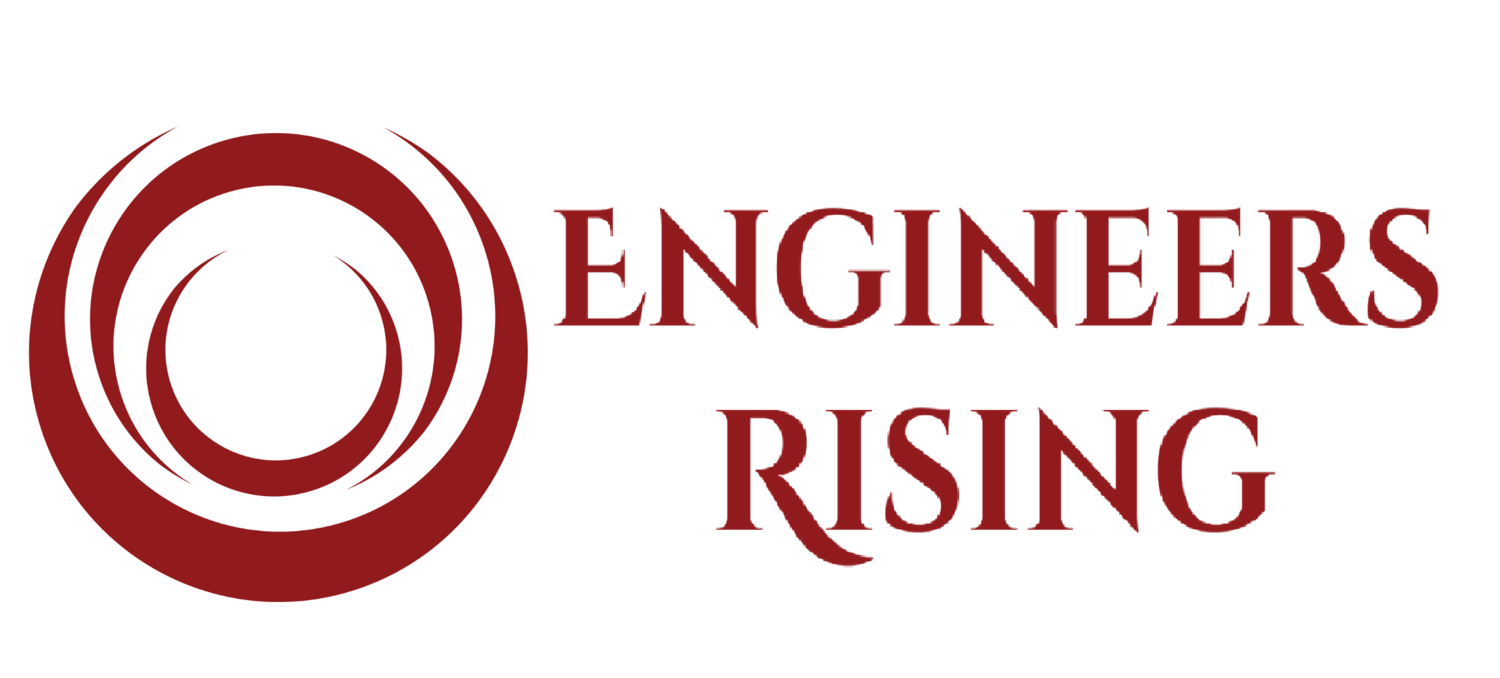Author Note: This is the third in a series of blogs based on the She Leads STEM 100 Leaders Report. What you'll read here is a small snapshot of the data available. Access the entire report for free HERE, and read the summary blogs in this series through the links below:
· Blog 1 -“Top 10 Challenges Faced by Women Leaders in STEM”
· Blog 2 – “6 Leadership Skill Sets for an Accelerated Career Path”
Employee engagement drives company growth. According to Gallop's research:
Engaged workforces are 17% more productive
Companies with engaged workers are 21% more profitable than competitors with lower engagement numbers
85% of employees are NOT engaged at work, resulting in $7 trillion for employers in lost productivity
Lack of engagement means that while employees are getting work done, they aren’t bringing the organization their best and are at high risk of leaving for a better opportunity. The resulting retention and recruitment costs, often more than 3x the previous employee’s salary – assuming you can even FIND a replacement in the current job market – is something time and resource-starved managers and business owners can’t afford.
As part of my research about non-binary and women STEM leaders (compiled in the She Leads STEM 100 Leaders report), I looked at what factors impacted retention. I interviewed over 100 emerging and current leaders to understand what makes ambitious emerging and current STEM leaders stick around in a job and what sends them looking for a better opportunity. 90% of my interviewees identified as women.
Five strategic focus areas emerged for companies committed to retaining a gender-diverse workforce. They are:
Cultivate belonging
Have workplace flexibility
Provide professional development
Be transparent in hiring and promotions
Fix the gender pay gap
Let’s look at each one in turn and see how companies can take this information and apply it to their workplace, improving the retention of women in their organizations.
1. Cultivate belonging
What is “belonging?” While the mainstream definition focuses on feelings of being welcome and included, the meaning that emerged from my interviews was a sense that an individual’s unique perspectives and abilities are appreciated and valued where they work.
A sense of belonging does not come from policies and procedures. Instead, it is the behaviors of individuals that cultivate collective belonging (or not); policies are a byproduct of desired behaviors, as opposed to a compliance tool to ensure them.
This was an important finding shared by those interviewed; many commented that policies that “in theory” benefitted employees fell short of expectations in implementation when used as a compliance tool in broken work cultures.
Examples of behaviors of belonging shared by interviewees include:
People care about each other
It's OK to have uncomfortable conversations
Thinking outside the box (also known as divergent thinking) is welcomed and encouraged
Genuine recognition and appreciation are the norms
Feedback up and down the chain (without backlash) is provided and encouraged
There is no tolerance for toxic employees
Individual strengths and differences are celebrated
2. Have workplace flexibility
Workplace flexibility goes beyond parental leave policies. Instead, a robust group of policies that allow schedule flexibility results in higher employee retention. Examples shared by interviewees include:
Daily schedule flexibility
Weekly schedule flexibility
Remote and hybrid work schedules
Reduced and part-time work schedules
Sabbaticals and leaves of absence
Unlimited vacation policies
Employers who want to retain top talent must take note. Maternity, paternity, and sabbatical leave policies are a start; however, interviewees noted that basic leave policies are a minimum expectation. If employers are serious about retaining high performers, daily and weekly schedule flexibility is essential.
Those findings align with industry workforce trends. As written in THIS recent Forbes article, “Nearly half of employees agree that having the freedom to split time between workplace and home, and the flexibility to choose which days to come in, are just as important as traditional benefits like matching 401(k)s and paid time off.”
Consistent application of these policies and modeling their use by senior leaders is the key to successfully implementing flexibility policies. Some interviewees recalled prior workplaces where time-off policies had strings (i.e., you can take “leave” but must check in with the office or are asked to come back early), were applied inconsistently (i.e., one manager grants use of the policy while another does not), or a stigma was attached to using flexibility “benefits.”
In some cases, interviewees noted that flexibility benefits were there in “name only,” and use of them resulted in being passed over for promotions or “mommy tracked” in the case of caregivers.
To be effective, policies must be:
Modeled by senior leaders (i.e., managers must USE the benefits to normalize them)
Allow daily and weekly schedule flexibility in addition to longer leaves and vacation
Use of benefits has no stigma attached and does not affect your ability to advance in the organization (similar to other benefits such as the use of a 401K)
3. Provide professional development
High-performing STEM professionals are driven by learning and growth. Companies prioritizing professional development have a competitive advantage in employee engagement and retention.
While the above may seem like common sense, the interviewees noted that a “one size fits all approach” to professional development did NOT act as a retention tool. Instead, they stressed that the best way a company has supported them was through personalized opportunities.
Personalized growth opportunities do two things that immediately increase engagement:
They signal to the employee that their unique skillsets are valued in the organization (a key factor of belonging)
They give employees agency in expressing their interests, career goals, and where THEY want to grow. Identifying these things results in a more engaged and proactive workforce because it facilitates introspection and more relationship-building employee-manager career conversations. Done well, this can also take the burden off managers to provide all the mentoring for those they manage.
Examples of professional development opportunities interviewees shared include:
Employee Resource Groups (ERGs) for collaboration and sharing best practices
Professional development budget for independent, discretionary training purposes
Career conversations with training managers
Mentorship programs
Supporting mentorship and industry involvement through committees or volunteer groups
Formal leadership training
1:1 Career and leadership coaching
4. Be transparent in hiring and promotions
Transparency surrounding hiring and promotions is vital for retaining women in STEM. It’s an area where gender inequity is most displayed, with women often missing out on promotions due to unconscious biases around “what is a leader?” and non-transparent promotion practices.
All employers should ask the following questions:
What are the criteria for hiring and promotions in our organization? Has it been written down and agreed upon by management?
Are promotion criteria are written, outcome-based (i.e., SMART goals), and accessible to all employees?
Who makes decisions regarding hiring and promotions?
How are you actively removing unconscious bias from the promotion process?
Are their promotion and growth paths for people with different skill sets (i.e., not everyone wants to or has the capabilities to be a manager; for example, are their paths for non-manager technical experts)?
Many interviewees observed that in the absence of transparent promotion criteria, those promoted had similar leadership styles to those already in leadership. This style typically aligned with traditional “masculine” leadership styles, even for promoted women.
The volume of “reluctant entrepreneurs” in my interviewee pool – and the catalyzing moment that started them on their entrepreneurship journeys - is also notable. Women Founders often had a story of being strung along with promises of a promotion that never materialized, or meeting all their defined goals (including bringing in work), only to have the promotion go to someone else. That experience was often the catalyst to starting their own firm, which they had not previously considered. In other words, organizations that fail to provide growth paths for their high-performers risk creating their own competitors.
The solution: promote based on outcomes, not styles, which is why defining those outcomes is essential to retaining aspiring and current leaders.
5. Fix the gender pay gap
The gender pay gap is well documented; the STEM fields are no exception. Although the gap is closing and there are region and industry-specific variations, it still exists even after controlling for all other variables. For example: see THIS recent Society of Women Engineers article compiling that data. Overall, women engineers in most states have average salaries between 80% and 89% of male engineers.
In my interviews, I heard stories from women who were promoted after years of service and realized that they had been underpaid only when they became responsible for payroll and hiring. When they brought this up, the situation was (typically) quickly rectified, but not before trust was diminished.
Some interviewees either did not know if the pay gap was happening in their organization or noted they had never experienced a pay gap. This is one reason that leaders of organizations must routinely review pay data for gender equity. When a high-performer resigns due to an offer with significantly higher compensation, it’s too late to fix the problem of losing a rising star.
Employers should be intentional about collecting and analyzing the data in their company—who’s being hired, promoted, and at what salary? See what your data says about gender pay equity and make steps to rectify and fix the gender pay gap.




















There are reasons why some companies have high retention rates, and others have high attrition rates. From my conversations with STEM leaders, the reasons were clear: companies need to strategically focus on the five factors laid out here to create the type of workplace where people – and women in particular - want to stay.
This blog is a high-level overview of this topic. To dive deeper into it and get more practical strategies to address retention within your organization, click here to get a free copy of the entire She Leads STEM 100 white paper.


